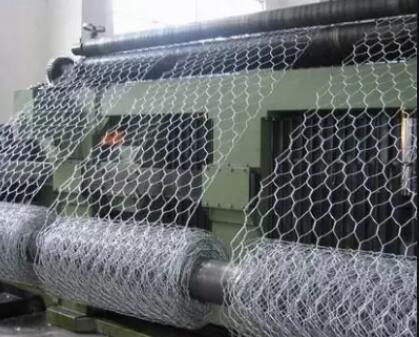Understanding Welded Wire Fabric Sizes A Comprehensive Guide
Welded wire fabric (WWF) has become a staple in construction and masonry projects due to its strength, versatility, and ease of use. It consists of a network of metal wires that are welded together at intersections, creating a strong, grid-like structure. This article aims to provide an overview of the different sizes available for welded wire fabric and how they can be used effectively in various applications.
What is Welded Wire Fabric?
Welded wire fabric is primarily made from steel wires and is available in a variety of sizes, gauges, and spacing. The fabric’s dimensions are expressed in terms of the wire diameter (gauge) and the spacing between the wires. Common uses of WWF include reinforcement in concrete slabs, walls, and pavements. The fabric can enhance structural integrity by distributing loads evenly across surfaces and preventing cracking.
Common Sizes and Specifications
When dealing with welded wire fabric, it is crucial to refer to a size chart that outlines the different specifications available. The most widely used sizes are categorized by the spacing of the wires, which may vary from 2 inches to 12 inches in both horizontal and vertical directions.
1. Gauge The wire gauge is an essential factor that influences the strength and flexibility of the welded wire fabric. Common gauges range from 6 to 12, with lower numbers indicating thicker wires. Thicker wires provide greater strength but may be less flexible, making it harder to work with in tight spaces.
welded wire fabric sizes chart

2. Panel Size Welded wire fabric is typically sold in sheets or rolls. Common panel sizes include 4 feet by 25 feet, 5 feet by 10 feet, and varying dimensions tailored to specific projects. The panel size selected will greatly depend on the application, such as whether it’s for a small repair or a large construction job.
3. Wire Spacing The spacing between the wires greatly influences the load-bearing capacity of the fabric. Close spacing (e.g., 2-inch) provides better support for high-stress areas, while wider spacing (e.g., 6-inch) is suitable for less critical applications. Understanding the project requirements is key to selecting the right spacing.
Application Considerations
Choosing the right welded wire fabric size is essential for successful installation and durability. When planning a project, consider the specific load requirements and environmental factors such as moisture, temperature, and chemical exposure, which may influence the selection of gauge and spacing.
Additionally, when purchasing WWF, it’s important to ensure that the fabric meets relevant ASTM specifications, such as ASTM A185 for plain welded wire steel fabric. Compliance with standards will guarantee the quality and performance of the product.
Conclusion
Welded wire fabric offers numerous sizes and configurations, making it suitable for various construction applications. By understanding the different sizes and their implications, builders and contractors can make informed decisions that enhance the strength and durability of their structures. Whether reinforcing concrete slabs, building walls, or creating livestock enclosures, proper selection of welded wire fabric will ensure a successful and resilient outcome.

















